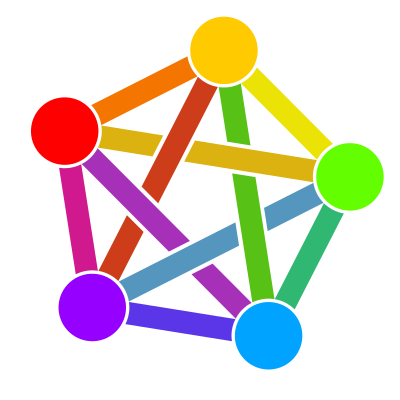That is a different spin than the original comment, which is why I made that commen.
https://docs.getaurora.dev/ https://docs.projectbluefin.io/ aurora has one small page of documentation total unless you click on the logo which suddenly opens a hidden unlabeled drawer with sparse docs. Bluefin has even less. I consider this near-zero documentation. So how would OP’s non-techy girlfriend (or someone who has only heard of aurora and bluefin from this thread) know to go to bazzite, a completely different project to most people, to debug their completely different OS? Because googling “ublue aurora flatpak won’t install” literally gives this page: https://docs.getaurora.dev/guides/software/ which is literally almost useless.
Bazzite’s documentation has gotten way better since I installed it (they had almost nothing on rpmostree commands when I did), but I don’t believe everything in the documentation for bazzite applies the same to aurora and bluefin, especially with differences in pre-installed non-layered gaming defaults vs working with flatpaks will be not even close to the same.
Also fedora knoite has little documentation https://docs.fedoraproject.org/en-US/fedora-kinoite/. It has enough to get you started and installed, but that is about it. It has one single line of code about rpmostree for example, not even anything about installing an RPM not in fedora’s limited repos.
I didn’t say any of it was bad. Just that you have to be slightly careful with using those for non-techy users because the documentation just isn’t there yet.












Shouldn’t this somewhat alleviate the concerns of some of the people who think that signal is compromised by the CIA and US government?
Musk effectively has unlimited access in the government now. If there was a backdoor that could be used to decrypt messages and find and target people because it is tied to a phone number, why would muskrat want to ban it? He isn’t looking to man WhatsApp.